Dolomite
Dolomite is a calcium carbonate mineral often used in construction as ballast, aggregate or hardcore – although it is also used as a source of Magnesia.
In mineralogical terms, Dolomite is sometimes used as a collectors specimen – variations with Cobalt make beautiful mineral specimens.
Showing all 7 results
-
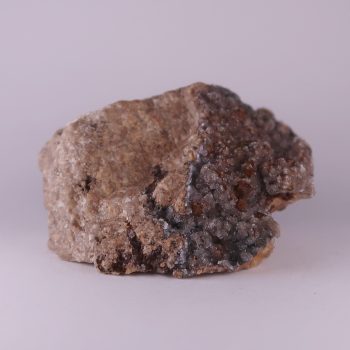
Chalcopyrite, Calcite, and Dolomite from Llynclys Quarry, Shropshire
£10.00 -
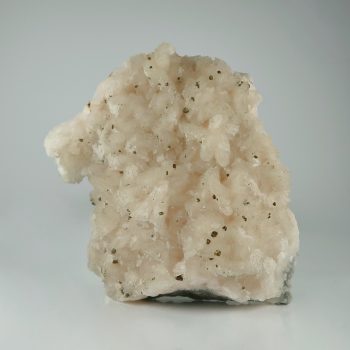
Dolomite Crystal Clusters (Pink)
£7.50 -
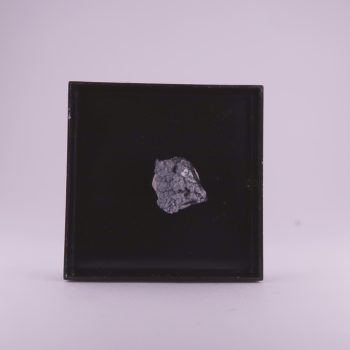
Dolomite from Broken Hill South Mine, Australia
£2.50 -

Dolomite from Franklin Mine, USA
Price range: £2.00 through £2.50 -
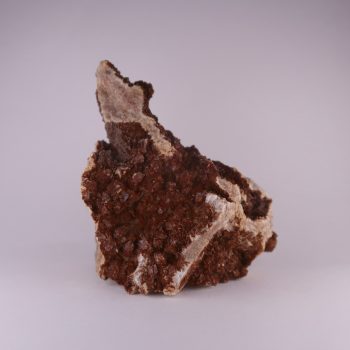
Dolomite from Llynclys Quarry, Shropshire
£10.00 -
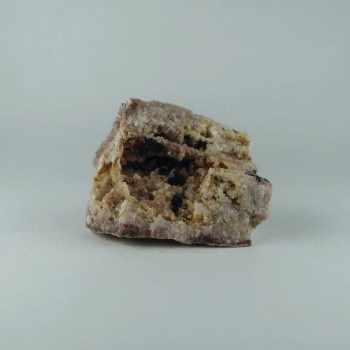
Dolomite from Newhurst Quarry, Leicestershire
£10.00 -
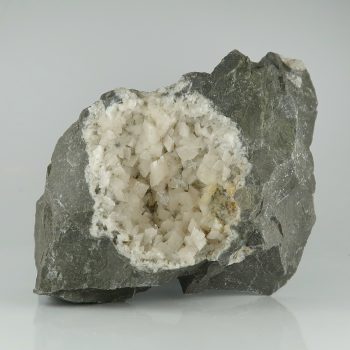
Dolomite specimens from Croix-de-Pallières, France
Price range: £8.00 through £10.00
Appearance
Dolomite occurs in many forms and is a very common mineral, so describing it can be a little tricky – some specimens are fine crystals, some are simply grainy masses.
Uses and History
Dolomite is typically used as an ornamental stone, an aggregate, or a source of magnesia and magnesium oxides. It is used for smelting and glass making processes. It can be used in gardening to alter the pH of soils.
Dolomite was probably first discovered in 1768 by Carl Linnaeus. It was named after the French geologist Dolomieu who first described it as a mineral.
Mineralogy
Often white, grey, brown, reddish, colourless.
There are several interesting varieties, including:
- Cuprian dolomite (copper bearing)
- Cobaltoan dolomite (bright pink, cobalt bearing)
- Manganoan dolomite (Manganese bearing, pink)
- Ferroan dolomite (iron bearing)
Hazards and Warnings
Almost all rocks, minerals (and, frankly, almost all other substances on earth) can produce toxic dust when cutting, which can cause serious respiratory conditions including silicosis. When cutting or polishing rocks, minerals, shells, etc, all work should be done wet to minimise the dust, and a suitable respirator or extraction system should be used.
Locales
Dolomite occurs in most countries worldwide, and is one of the more common minerals found on Earth.
Translations
Arabic:
- الدولوميت
Hindi:
- डोलोमाइट
Portuguese:
- dolomita
Bengali:
- ডলোমাইট
Indonesian:
Punjabi:
English:
Italian:
Russian:
- доломит
French:
- dolomie
Japanese:
- 苦灰石
Spanish:
- Dolomita
German:
- Dolomit
Korean:
- 백운석, 백운암
Thai:
- โดโลไมต์
Gujurati:
- ડોલોમાઇટ
Mandarin Chinese:
- 白云石
Urdu:
- ڈولومائٹ
